Our Services
At Paradise Boat Works, we offer a comprehensive range of services to meet all of your boating needs. With our team of experienced technicians and craftsmen, we’re dedicated to providing top-quality solutions to keep your boat in peak condition.

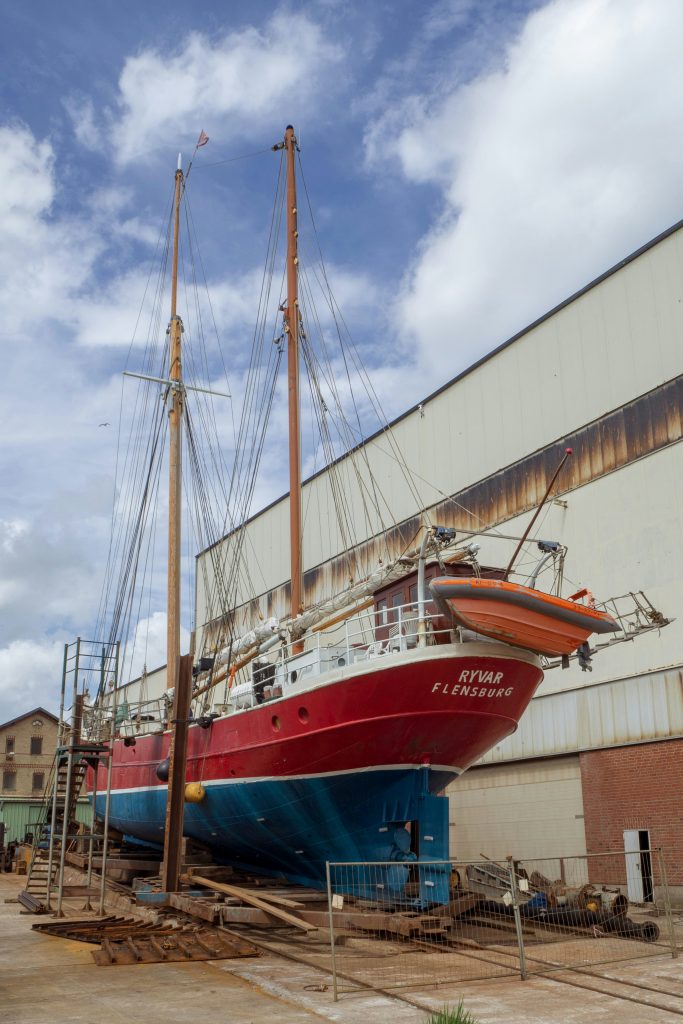
Boat Repair
Certainly! Boat repairs can vary widely depending on the type of boat, the extent of the damage, and the specific components that need attention. Here’s a general overview of some common types of boat repairs:
Hull Repairs: Damage to the hull can occur from impacts with debris, rocks, or other boats. Fiberglass, aluminum, and wooden hulls may require different repair techniques.
Propulsion System Repairs: This involves fixing issues with the engine, propeller, or jet drive. Engine repairs might include fixing mechanical problems, replacing worn parts, or addressing electrical issues.
Electrical Repairs: Boats have various electrical components such as navigation lights, bilge pumps, depth finders, and radios. Repairing electrical systems may involve troubleshooting wiring, replacing components, or fixing connections.
Interior Repairs: These can include fixing upholstery, replacing flooring, repairing cabinets, or addressing water damage.
Plumbing Repairs: Boats with plumbing systems may encounter leaks or other issues with the freshwater or wastewater systems. Repairing plumbing may involve fixing leaks, replacing hoses, or repairing pumps.
Gelcoat and Paint Repairs: Gelcoat is the outer layer of fiberglass on many boats. Damage to the gelcoat can be repaired to maintain the appearance and integrity of the boat.
Sail Repairs: For sailboats, repairing sails may involve patching holes, reinforcing weak points, or replacing entire sections of the sail.
Trailer Repairs: If the boat is transported on a trailer, repairs may be needed for the trailer itself, such as fixing brakes, lights, or bearings.
Routine Maintenance: Regular maintenance tasks such as changing the oil, replacing filters, and inspecting safety equipment are essential for keeping a boat in good condition and preventing larger problems.
Structural Repairs: In some cases, boats may experience structural damage that requires more extensive repairs, such as fixing delamination or reinforcing weak points in the structure.
It’s important to address any needed repairs promptly to prevent further damage and ensure the safety and functionality of the boat. Depending on the complexity of the repair and your level of expertise, you may choose to do the repairs yourself or hire a professional boat repair service.
Boat Maintenance
Boat maintenance is essential for keeping your vessel in good condition and ensuring safe and enjoyable experiences on the water. Here’s a comprehensive overview of boat maintenance tasks:
Regular Cleaning: Clean the boat’s exterior and interior regularly to remove dirt, salt, and grime that can accumulate. Use appropriate cleaners for different surfaces, such as fiberglass, aluminum, or wood.
Inspect the Hull: Check the hull for any signs of damage, including cracks, scratches, or blisters. Address any issues promptly to prevent further damage.
Engine Maintenance: Follow the manufacturer’s recommendations for engine maintenance, including regular oil changes, fuel filter replacements, and spark plug inspections. Check the engine’s cooling system and belts for signs of wear.
Propeller and Drive System: Inspect the propeller for damage and ensure it is properly secured. Check the drive system, including shafts, seals, and bearings, for any signs of wear or leaks.
Electrical Systems: Test all electrical components, including navigation lights, bilge pumps, batteries, and electronics. Replace any faulty wiring, switches, or connectors.
Safety Equipment: Inspect and test all safety equipment, including life jackets, fire extinguishers, flares, and emergency signaling devices. Ensure that all equipment is in good working condition and meets safety regulations.
Plumbing Systems: Check the boat’s plumbing systems, including freshwater and wastewater systems, for leaks or blockages. Replace any damaged hoses or fittings and ensure that pumps are functioning properly.
Inspect and Maintain Trailer: If your boat is transported on a trailer, inspect the trailer regularly for signs of wear, including tires, brakes, lights, and bearings. Grease bearings as needed and replace worn components.
Gelcoat and Paint Maintenance: Keep the boat’s gelcoat or paint in good condition by waxing and polishing regularly to protect against UV damage and oxidation. Repair any chips or scratches to prevent water intrusion.
Winterization: If you live in a climate with cold winters, properly winterize your boat to protect it from freezing temperatures. This may include draining the engine, freshwater systems, and adding antifreeze as needed.
Regular Inspections: Perform regular inspections of all systems and components to identify any issues before they become major problems. Create a checklist to ensure that no maintenance tasks are overlooked.
Documentation: Keep thorough records of all maintenance and repairs performed on your boat, including dates, costs, and any warranties or receipts.
By staying proactive with boat maintenance, you can prolong the life of your vessel and ensure safe and enjoyable boating experiences for years to come.
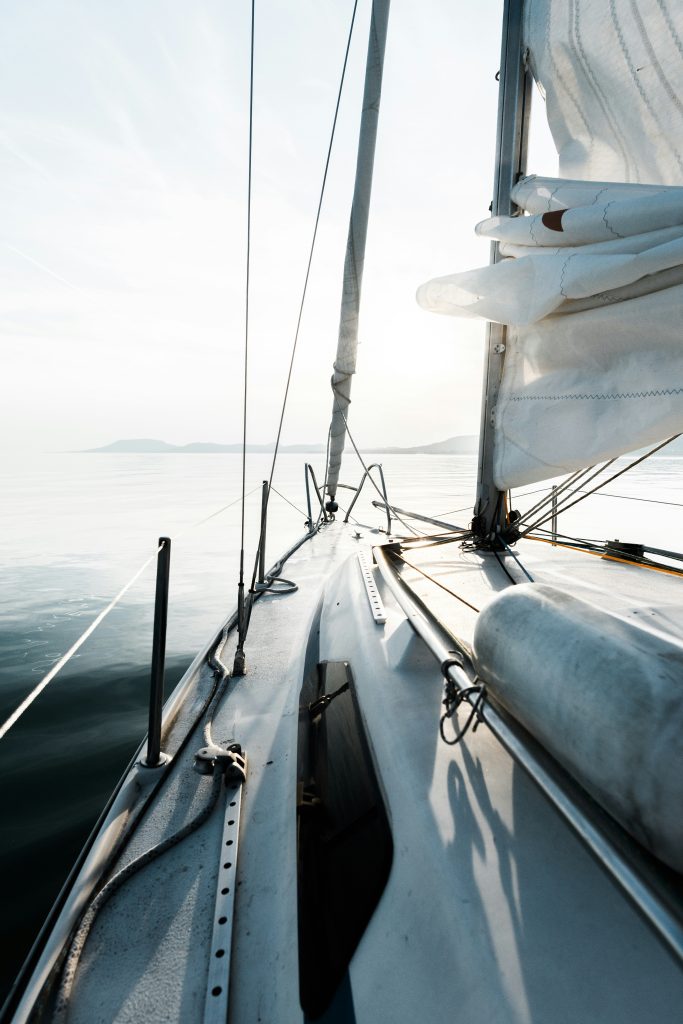
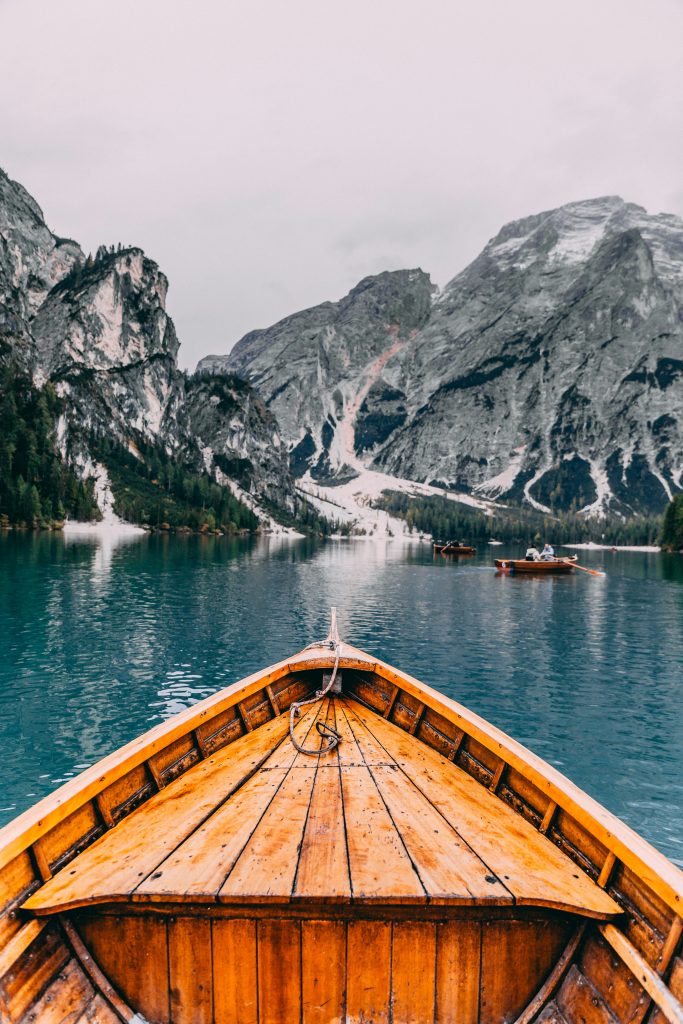

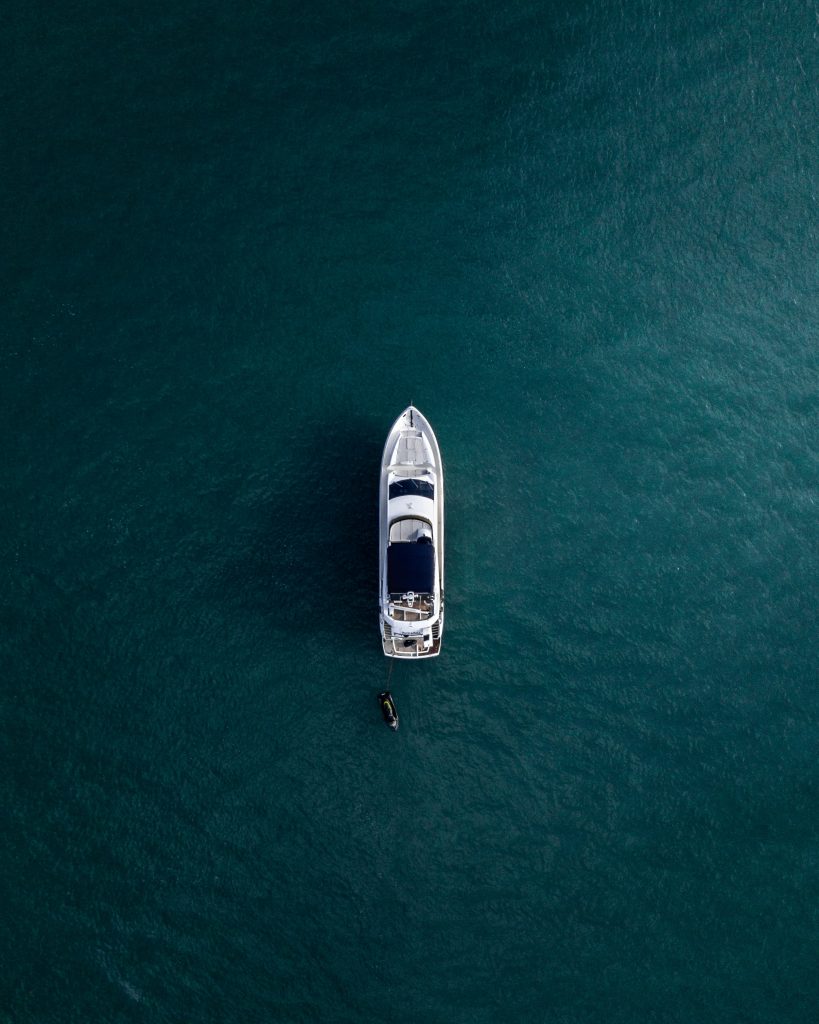
Boat Restoration
Boat restoration involves bringing an old or damaged boat back to its original or an improved condition. Whether you’re working on a classic wooden boat or a fiberglass vessel, boat restoration requires careful planning, skill, and dedication. Here’s a general guide to boat restoration:
Assessment: Begin by thoroughly inspecting the boat to assess the extent of the restoration needed. Identify structural issues, damage to the hull, deck, or interior, and any missing or deteriorated components.
Set Goals: Determine your restoration goals. Are you aiming to restore the boat to its original condition, or do you plan to make modifications or upgrades? Consider factors such as aesthetics, functionality, and budget.
Develop a Plan: Create a detailed plan outlining the steps and timeline for the restoration project. Break down tasks such as hull repair, deck restoration, interior refurbishment, and finishing work.
Structural Repair: Address any structural issues with the hull, deck, or transom. This may involve repairing cracks, delamination, or rot, and reinforcing weak areas. Depending on the extent of the damage, you may need to replace sections of the boat’s structure.
Refinishing: Sand down the boat’s surfaces to remove old paint, varnish, or gelcoat. Repair any scratches, dents, or gouges before applying new finishes. Choose high-quality marine-grade paints, varnishes, or gelcoats suitable for your boat’s material.
Interior Restoration: Restore or replace the boat’s interior components, including seating, cabinetry, flooring, and fixtures. Upholster seats, cushions, and other soft surfaces using marine-grade materials resistant to moisture and UV damage.
Mechanical Systems: Inspect and repair or replace mechanical systems such as the engine, propulsion system, steering, and electrical components. Ensure that all systems are in good working order and meet safety standards.
Deck and Hardware: Repair or replace the boat’s deck and hardware, including cleats, rails, hatches, and fittings. Choose hardware that matches the boat’s original style or enhances its appearance and functionality.
Finishing Touches: Install any finishing touches such as trim, decals, and nameplates. Pay attention to details to achieve a polished and professional look.
Testing and Sea Trials: Once the restoration is complete, conduct thorough testing and sea trials to ensure that the boat performs as expected and is safe to use on the water.
Maintenance Plan: Develop a maintenance plan to preserve the boat’s restored condition and prevent future damage. Regularly inspect and maintain all systems and components to prolong the life of the boat.
Enjoyment: Finally, take pride in your restored boat and enjoy using it on the water. Whether you’re cruising, fishing, or simply relaxing, a well-restored boat can provide years of enjoyment for you and your family.
Boat restoration can be a rewarding but challenging endeavor. It requires patience, attention to detail, and a love for craftsmanship. If you’re not comfortable tackling certain aspects of the restoration yourself, consider seeking help from experienced professionals or enlisting the assistance of fellow enthusiasts.
Customization and Upgrades
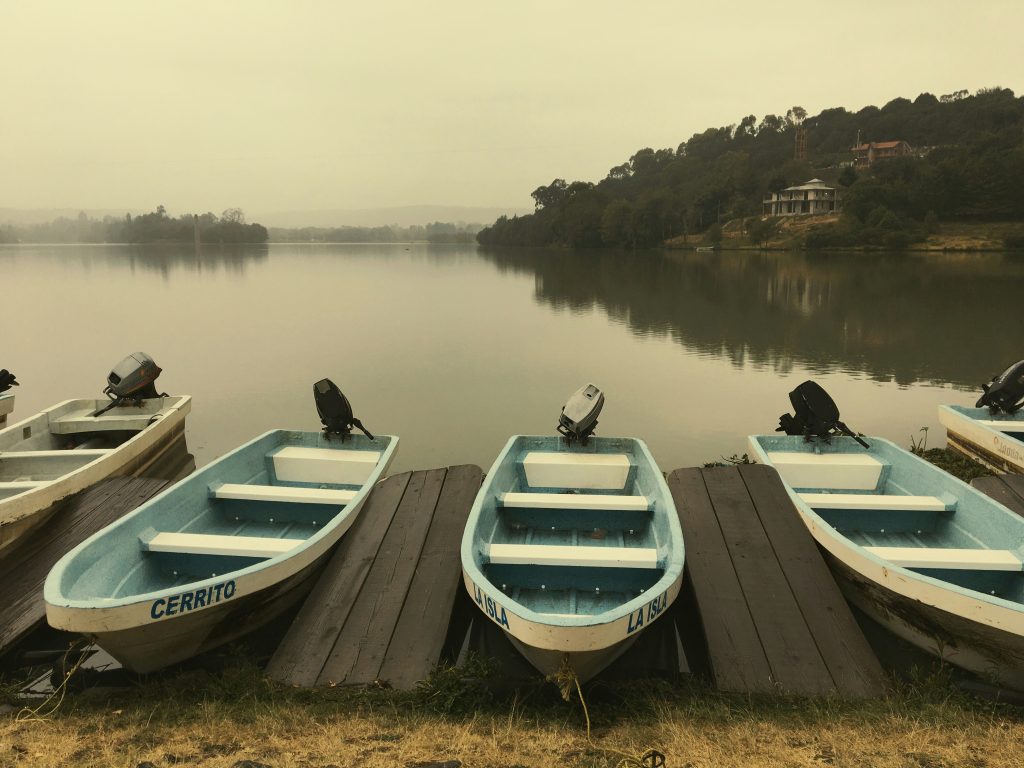
Customization and upgrades are great ways to personalize your boat and enhance its performance, comfort, and appearance. Here are some popular customization and upgrade options for boats:
Seating: Upgrade seating arrangements for improved comfort and functionality. Consider adding bolster seats for better support during high-speed maneuvers or installing additional seating for guests.
Electronics: Upgrade navigation systems, fish finders, depth sounders, and radios for improved safety and convenience. Consider installing GPS chartplotters, radar systems, or multifunction displays for enhanced navigation capabilities.
Audio Systems: Install a high-quality marine audio system with speakers, amplifiers, and subwoofers for onboard entertainment. Choose marine-grade components designed to withstand the harsh marine environment.
Lighting: Upgrade interior and exterior lighting with energy-efficient LED fixtures. Add underwater lights for enhanced visibility and aesthetics while underway or at anchor.
Canvas and Upholstery: Customize canvas covers, bimini tops, and enclosures for protection from the elements. Upgrade upholstery materials for improved durability and comfort.
Swim Platforms and Ladders: Install swim platforms or extended swim platforms for easier access to the water. Add boarding ladders or swim steps for convenience when swimming or boarding from the water.
Fishing Accessories: Customize your boat for fishing with rod holders, baitwells, fish boxes, and cutting boards. Install outriggers or downriggers for trolling, and add a trolling motor for precise maneuverability.
Performance Upgrades: Upgrade engine components, propellers, and exhaust systems for improved performance and fuel efficiency. Consider adding trim tabs, hydrofoils, or jack plates for better handling and stability.
Comfort Features: Enhance onboard comfort with features such as air conditioning, heating systems, and freshwater showers. Install additional storage compartments, cup holders, and beverage coolers for added convenience.
Aesthetics: Customize the appearance of your boat with vinyl wraps, custom paint jobs, or graphics. Choose colors, patterns, and designs that reflect your personal style and preferences.
Safety Equipment: Upgrade safety equipment such as life jackets, fire extinguishers, and distress signals to meet or exceed current regulations. Install carbon monoxide detectors and bilge pumps for added safety.
Maintenance and Storage Upgrades: Invest in upgrades that make maintenance and storage easier, such as trailer upgrades, boat lifts, or storage racks. Consider adding a freshwater flushing system for easier engine maintenance.
When planning customization and upgrades for your boat, consider your budget, boating habits, and intended use. Consult with marine professionals or experienced boaters for advice and recommendations, and prioritize upgrades that provide the greatest value and enjoyment for you and your passengers.
Winterization and Storage
Winterization and proper storage are crucial for protecting your boat during the off-season, especially in regions with cold winters. Here’s a comprehensive guide to winterization and storage of boats:
Cleaning: Thoroughly clean the exterior and interior of the boat to remove dirt, salt, and grime. Pay special attention to areas prone to mold and mildew growth, such as bilges and storage compartments.
Engine and Fuel System: Change the engine oil and filter, and fog the engine cylinders with a rust inhibitor. Add a fuel stabilizer to the fuel tank to prevent fuel degradation. Run the engine to ensure that the stabilizer circulates throughout the fuel system.
Cooling System: Drain the cooling system or add non-toxic antifreeze to prevent freezing and corrosion. Flush the raw water system if applicable.
Bilge and Plumbing: Drain and dry the bilge and all plumbing systems, including freshwater and wastewater tanks, hoses, and pumps. Add antifreeze to the bilge to prevent freezing.
Electrical System: Disconnect the battery and store it in a cool, dry place. Clean the battery terminals and apply a corrosion inhibitor. Remove electronics and store them in a safe place indoors.
Canvas and Upholstery: Clean and dry canvas covers, bimini tops, and upholstery. Store them indoors or in a dry, ventilated area to prevent mold and mildew growth. Consider using protective covers to shield the boat from the elements.
Drain and Dry: Drain all water from the boat, including livewells, baitwells, and freshwater systems. Leave drain plugs removed to allow any remaining water to drain out completely. Open all compartments and hatches to promote airflow and prevent moisture buildup.
Propeller and Drive: Remove the propeller and inspect the prop shaft for damage. Grease the propeller shaft and reinstall the propeller. Check the drive unit for any signs of damage or corrosion, and lubricate as needed.
Trailer Maintenance: Inspect the boat trailer for rust, corrosion, and worn components. Grease wheel bearings and inspect tires for proper inflation and tread wear. Store the trailer on level ground and use wheel chocks to prevent movement.
Storage Location: Choose a suitable storage location for the boat, such as a climate-controlled storage facility, indoor garage, or covered storage area. If storing outdoors, use a boat cover or shrink-wrap to protect the boat from snow, ice, and UV exposure.
Moisture Control: Use moisture-absorbing products such as desiccants or dehumidifiers to control humidity levels inside the boat during storage. Consider using a boat cover with ventilation or installing a venting system to promote airflow and prevent condensation.
Regular Inspections: Periodically inspect the boat during storage to ensure that it remains in good condition. Check for signs of moisture, mold, or pest infestations, and address any issues promptly.
By following these steps for winterization and storage, you can protect your boat from damage caused by freezing temperatures, moisture, and environmental factors. Properly stored, your boat will be ready for use when the boating season resumes, allowing you to enjoy many more years of safe and enjoyable boating experiences.
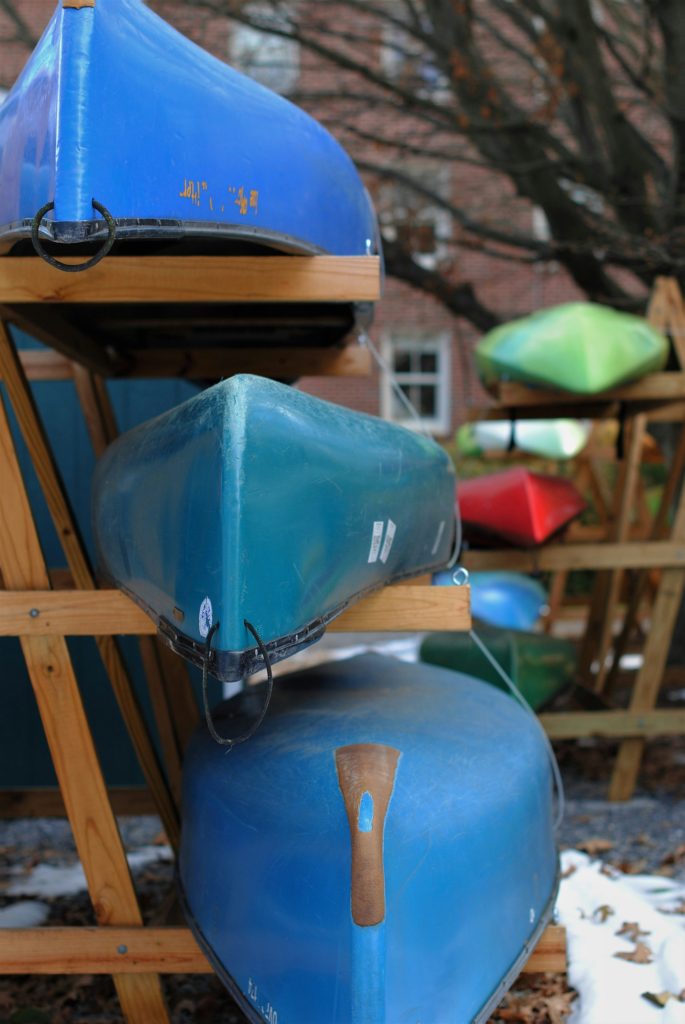
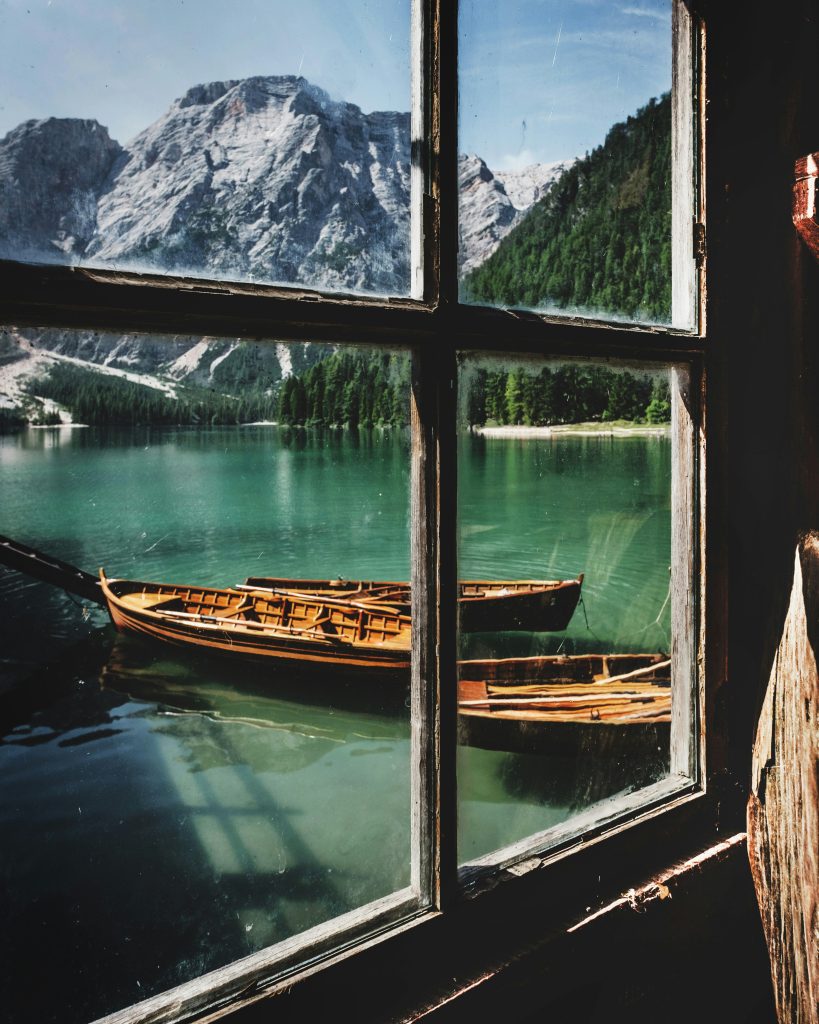
Parts and Accessories
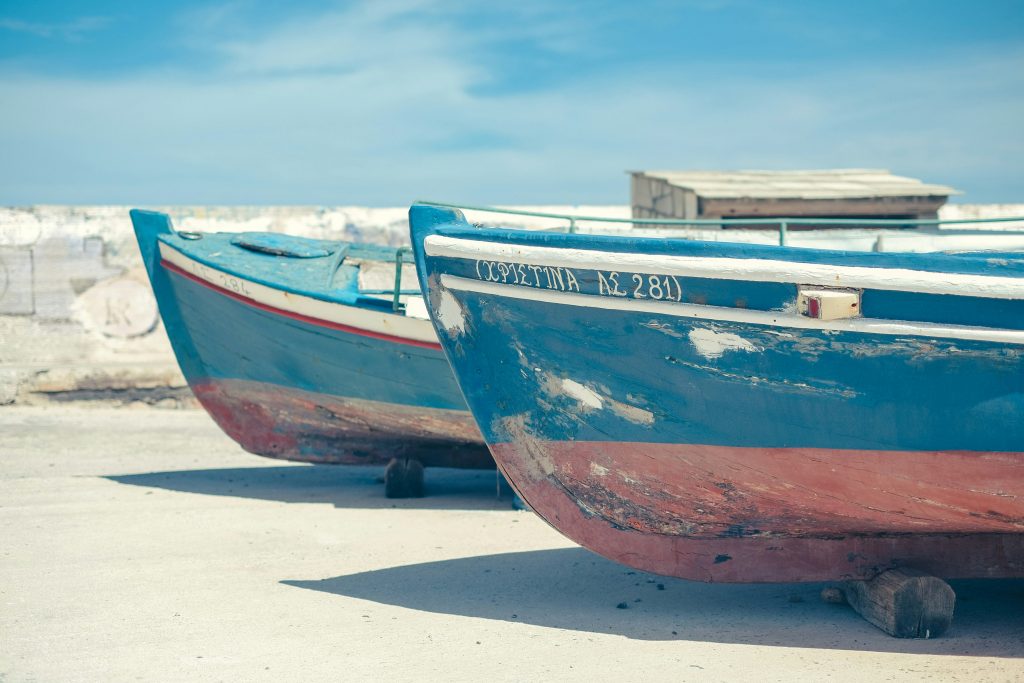
Boats require various parts and accessories to ensure their proper functioning, safety, and comfort. Here’s an overview of common parts and accessories found on boats:
Anchoring and Docking:
- Anchors: Various types such as fluke, plow, or mushroom anchors.
- Anchor lines: Ropes or chains used to secure the anchor to the boat.
- Dock lines: Lines used to secure the boat to a dock or mooring.
Navigation:
- GPS systems: Global Positioning Systems for navigation and positioning.
- Compass: Magnetic or electronic compass for directional guidance.
- Charts and maps: Paper or electronic charts for navigation planning.
Safety Equipment:
- Life jackets: Personal flotation devices (PFDs) for each passenger.
- Fire extinguishers: Required by law to extinguish fires onboard.
- Flares: Signaling devices for emergencies.
- First aid kit: Basic medical supplies for minor injuries.
- Throwable flotation devices: Such as life rings or cushions.
Electronics:
- Marine radios: VHF radios for communication with other boats and emergency services.
- Depth finders: Sonar equipment for measuring water depth.
- Fish finders: Sonar devices for locating fish underwater.
- Radar: Radio detection and ranging systems for detecting objects and other vessels.
Comfort and Convenience:
- Seating: Helm seats, bench seats, and loungers for passengers.
- Bimini tops: Canvas shades to protect from sun and rain.
- Cabin amenities: Berths, galley, and head (bathroom) facilities for overnight trips.
- Entertainment systems: Audio systems, TVs, and DVD players for onboard entertainment.
Propulsion and Steering:
- Engines: Outboard, inboard, or stern-drive engines for propulsion.
- Propellers: Various sizes and types for different engine configurations.
- Steering systems: Wheel, tiller, or joystick steering controls.
Deck and Hull:
- Cleats and hardware: Stainless steel or aluminum fittings for securing lines.
- Hatches and ports: Access points to the interior compartments of the boat.
- Swim platforms: Extended platforms at the stern for swimming or boarding.
Trailering and Storage:
- Boat trailers: Trailers designed to transport and launch boats.
- Trailer accessories: Winches, rollers, and tie-down straps for securing the boat to the trailer.
- Boat covers: Covers to protect the boat from the elements during storage.
Fishing Equipment:
- Rod holders: Mounts for securing fishing rods while trolling or at anchor.
- Baitwells and livewells: Tanks for storing live bait or caught fish.
- Fish boxes: Insulated compartments for storing caught fish.
Maintenance and Repair:
- Tools and equipment: Wrenches, screwdrivers, and other tools for basic repairs.
- Lubricants and cleaners: Grease, oil, and solvents for maintenance tasks.
- Spare parts: Replacement parts for engines, pumps, and other components.
These are just some of the many parts and accessories available for boats. The specific equipment you need will depend on the type of boat you have, its intended use, and personal preferences. It’s essential to regularly inspect and maintain your boat’s parts and accessories to ensure they function correctly and remain in good condition.
Why Choose Us
Expertise and Experience
Highlight the company's years of experience in the industry and the expertise of its team members. Emphasize any certifications, qualifications, or specialized training that sets the company apart.
Quality Workmanship
Showcase the commitment to delivering high-quality workmanship and attention to detail in every project. Mention any industry standards or best practices followed by the company.
Customer Satisfaction
Provide evidence of customer satisfaction through testimonials, reviews, or case studies. Demonstrate a track record of happy customers who have had positive experiences with the company's services.
Numbers
Our figures grow by the year
Assets
Clients
Rating
Join a workshop
We would love to speak with you.
Feel free to reach out using the below details.
Get in Touch
- 123-456-7890
- [email protected]
Address
-
3110 Feathers Hooves Drive
Selden, New York 11784
Hours
- Mon-Fri 9:00AM - 5:00PM
- Sat-Sun 10:00AM - 6:00PM
